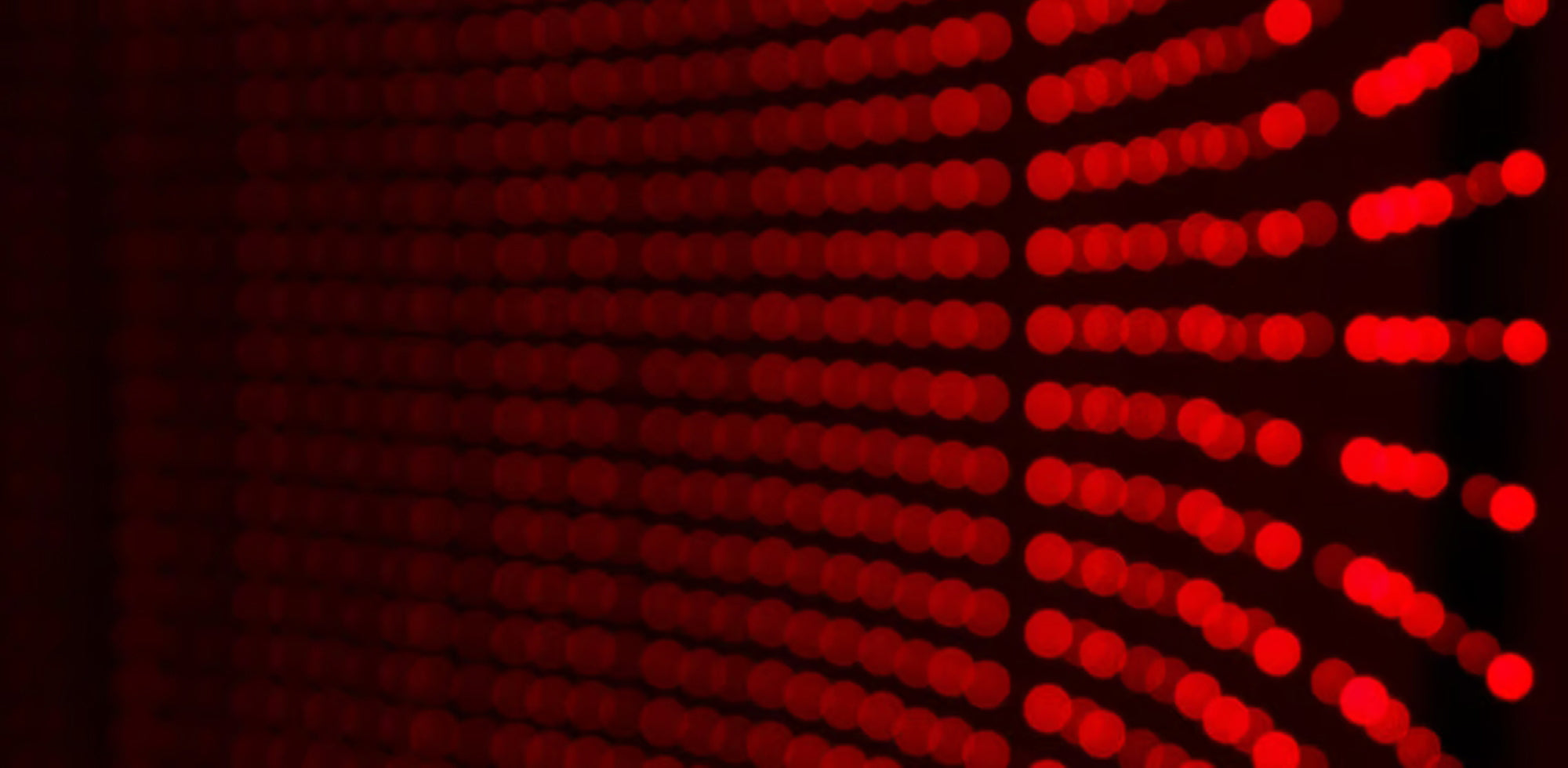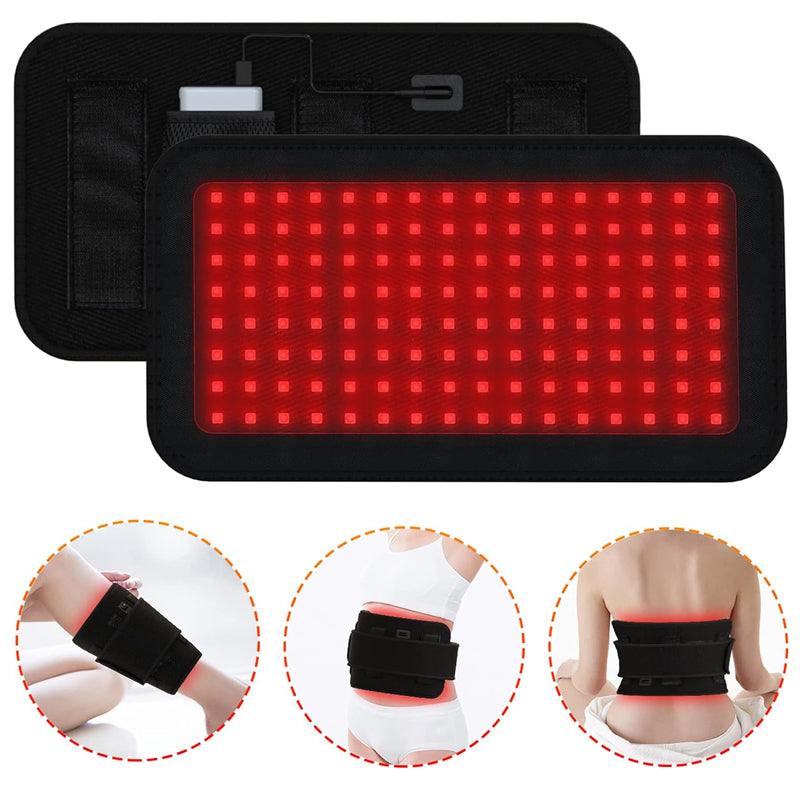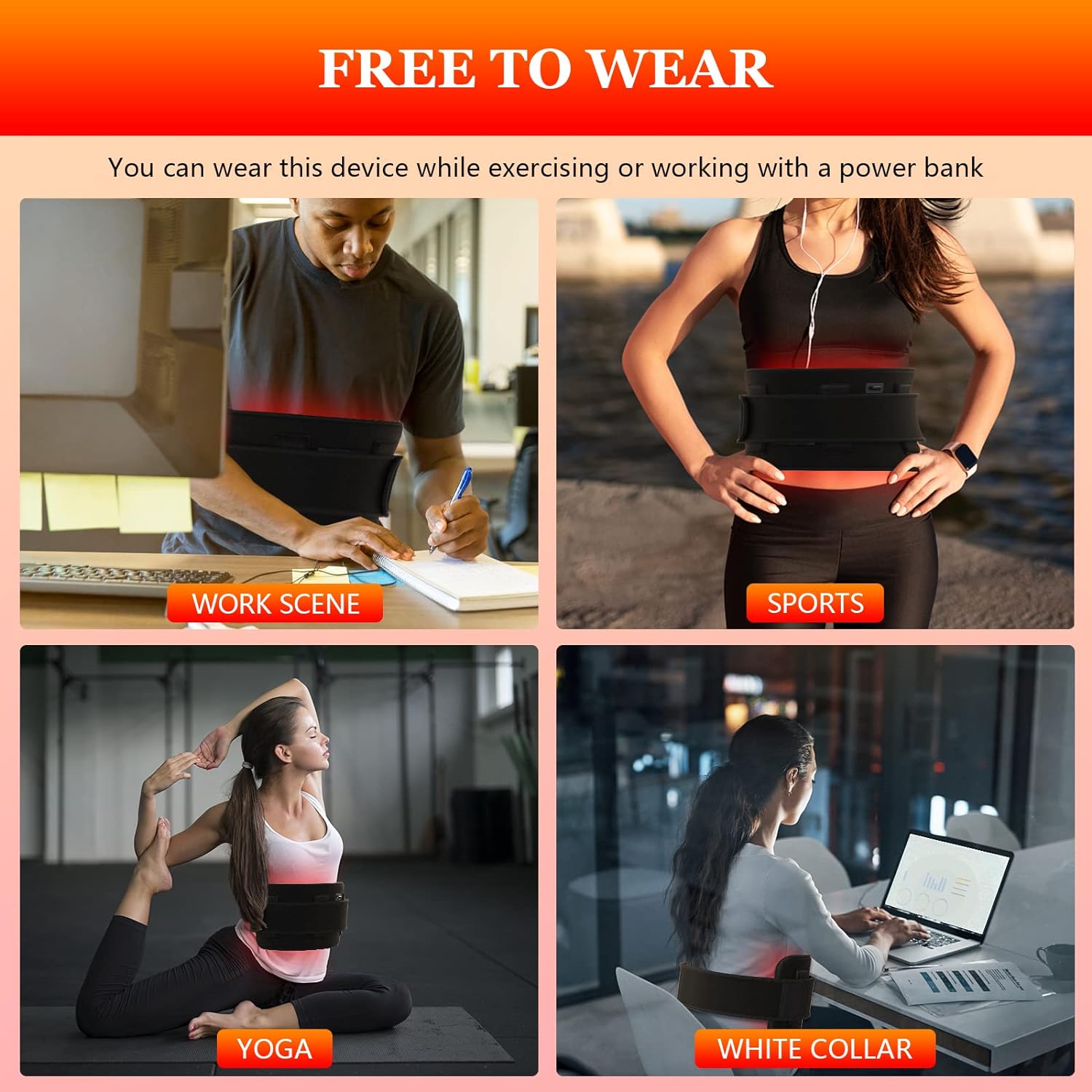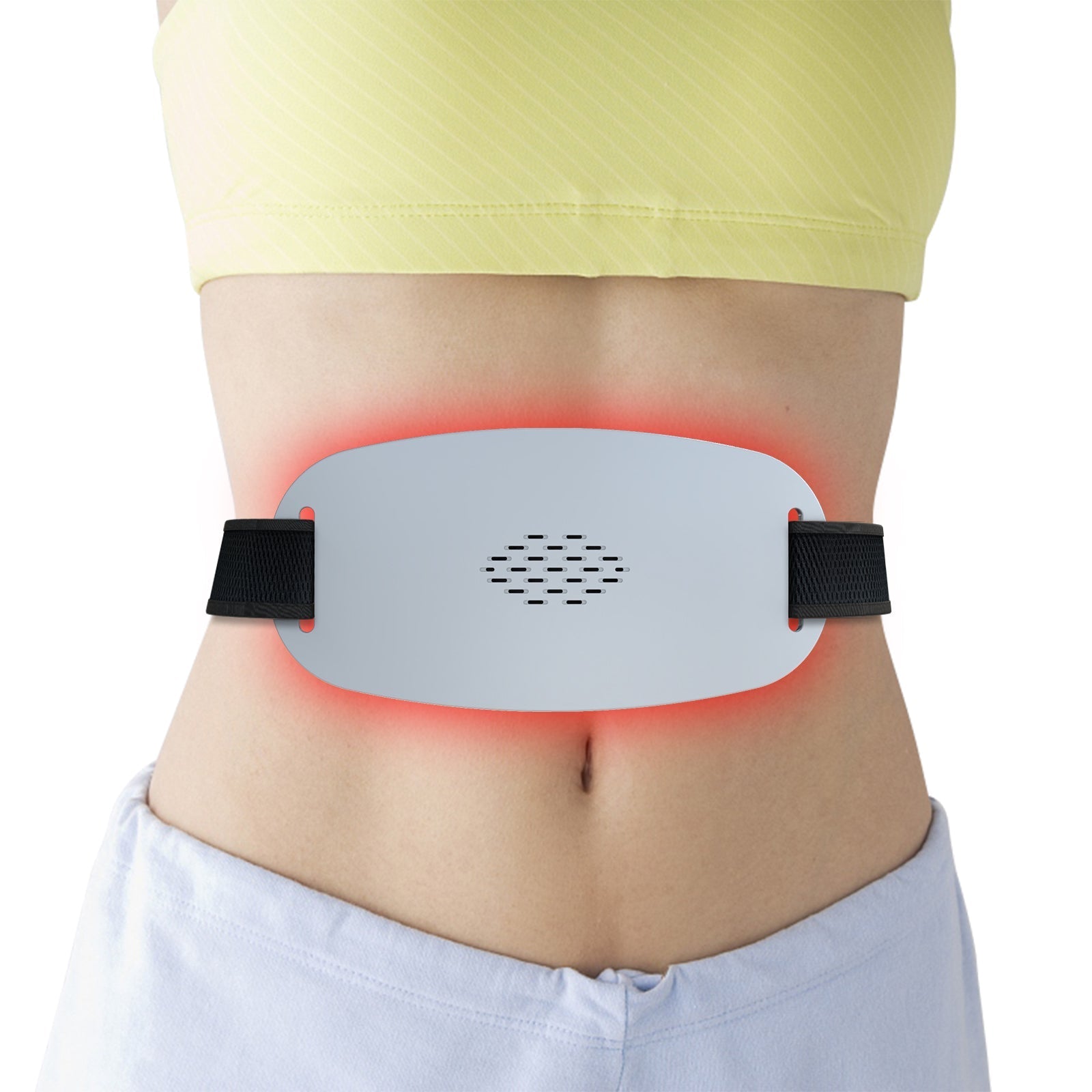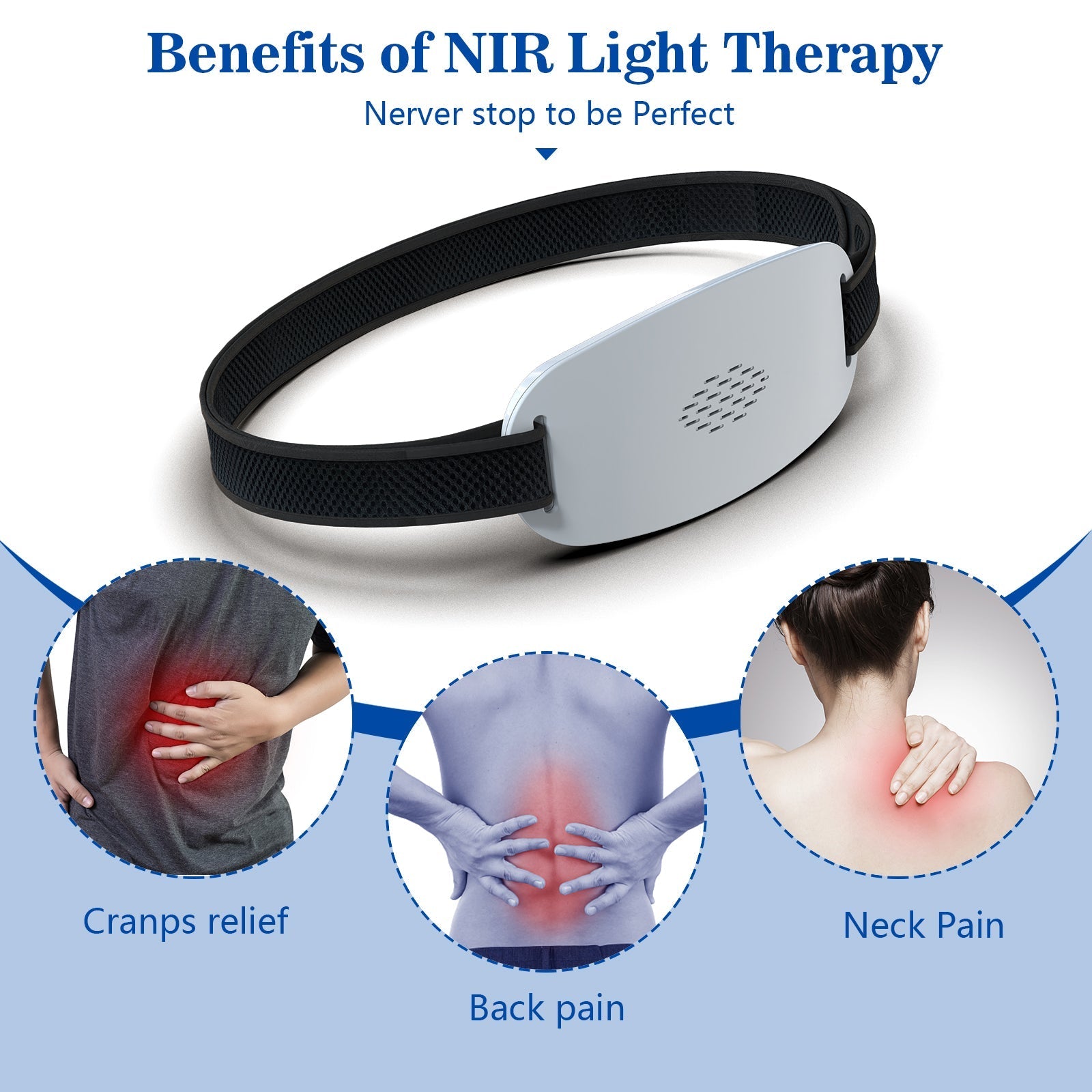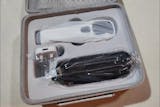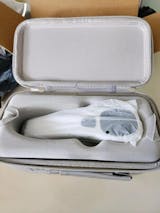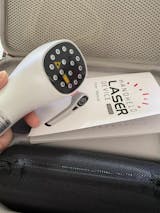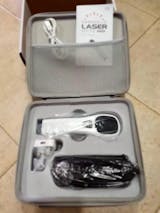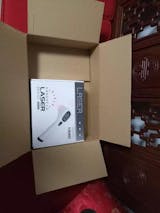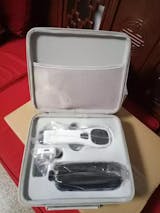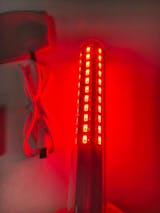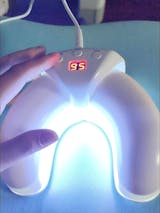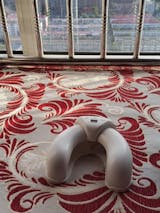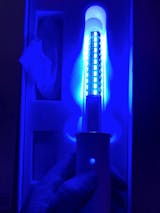Products received in good conditions.
Well packed.
I use it for myself and my furball.
For myself, I can feel the difference after using it. I will recommend to buy it. As per instructions, we should continue to do routinely exercise.
As for my furball, yet to see the difference. I usually hopld the device above her fur so that she dont feel the heat.
Received in good condition. Delivery was fast. Much thanks to seller for patiently answering all my noob questions. Getting this for my senior cat who started showing signs of arthritis, hopefully can lessen his discomfort.
Bought the 4x 808mm. Well packed and sealed. Item came within 3 days. Update after using 7 days: I didnt exercise for two weeks after injury and my wrist was still about the same until I tried using this for a week and it seems to help my recovery. Will continue to follow the instructions in usage until my wrist totally recovers
Delivery was pretty fast. Item received in good condition within 3 days upon order.
Hopefully it will give good result as described.
It takes time to see significant result.
As a woman, I know the importance of the health of my private parts, but I often ignore the care of my private parts because of my busy work.Since I discovered this product, I have used it to enjoy professional gynecological care at home as long as I have free time every day. It not only relieved my discomfort, but also made me feel healthier and more energetic in my private parts.Highly recommended to all of you who pay attention to health.
I'm so happy I bought this nail onychomycosis laser device. I only had fungus on one of my toes, so it wasn't too time consuming (there were multiple options). It's a process and you have to be consistent and patient. But if you can do this, you will see results. Some other great things about this product is that the battery is very durable and I probably only had to charge it twice. And its very easy to use, and the timer is also very convenient. The ability to treat multiple toenails is an advantage. If you've been struggling with this issue, you should give it a try. Much better than drugs and expensive doctor visits. I can't express how grateful I am for this company!
From healing a cold sore before it takes hold to tightening up my inners, this thing is a magic wand. I clean mine with rubbing alcohol and water between uses. But yea, after one 30 min session alternating the strongest red and blue light I was noticeably tighter. Gripping the wand like a kegel master. Better than laser therapy as it does not get hot or burn at all. Noticeably wetter and not that I ever had a bad smell but I am even sweeter now. Glad I found this as I don't see much competition on the market for home use. Would buy again and would gift to any one. Highly recommend!
Thank you so much for your enthusiastic review! We’re thrilled to hear that the device has exceeded your expectations and provided noticeable results for both healing and tightening. It’s great to know that you’re finding it effective and comfortable to use. We appreciate your tip about cleaning and your positive feedback about the device’s performance compared to other treatments. Your recommendation means a lot to us, and we’re glad you’re so satisfied with your purchase. If you have any further questions or need assistance, please feel free to reach out. We’re here to help!

